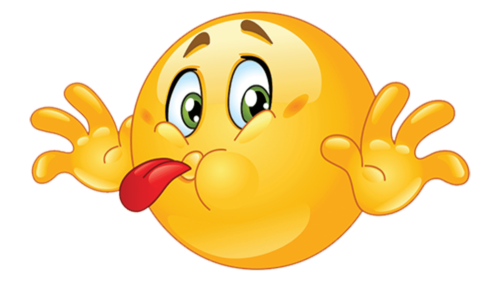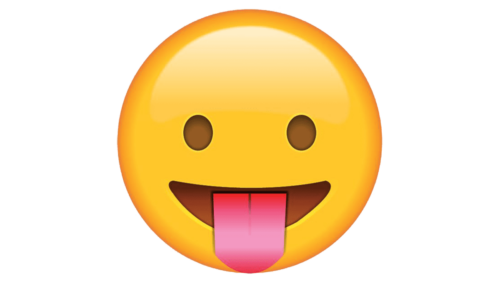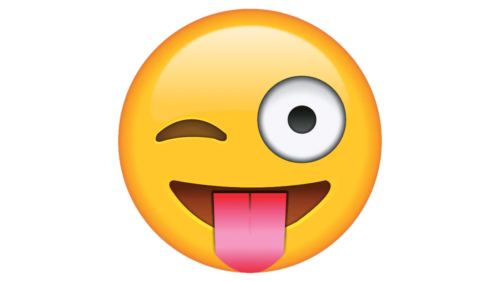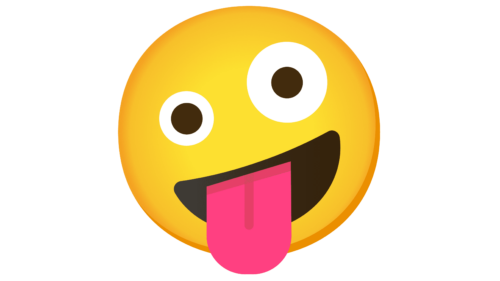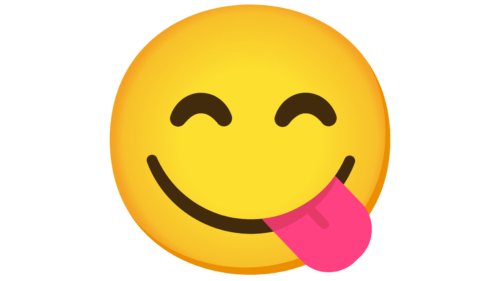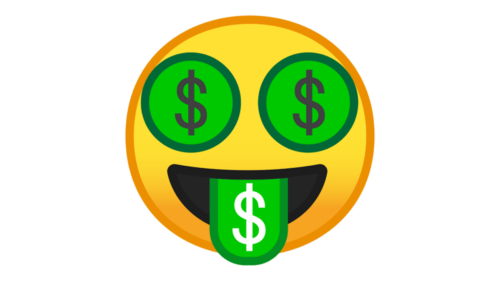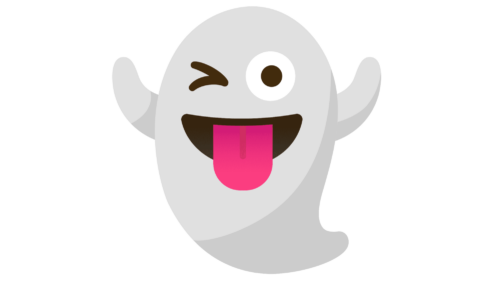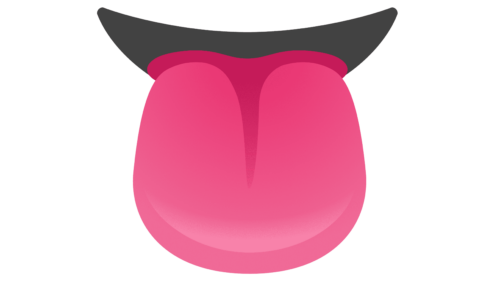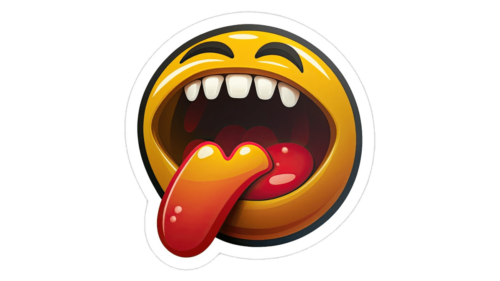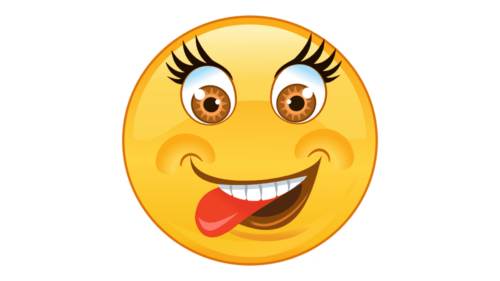😜 😝🤪😋🤑👻😛 👅
Many people are already accustomed to expressing their emotions with the help of various icons, images, emoticons. To someone they are immediately understandable, and someone is perplexed. There is a separate group of emoji, Tongue Out Emoji, which is far from being as unambiguous as it may seem at first glance. The fact is that almost all emoticons from this category can carry both negative and positive connotations. Except, perhaps, only two emoji, which are quite positive in any context. Let’s take a closer look at each of them and understand their meanings.
😛 The “Shows Tongue” emoji was assigned the code U+1F61B, with which it was added to the Faces and Emotions section of the Unicode 6.1 standard in 2012.
😝 The “Wrinkles and Shows Tongue” emoticon was assigned the code U+1F61D, with which it was added to the Faces and Emotions section of the Unicode 6.0 standard in 2010.
😜 The “Shows Tongue and Winks” emoji was assigned the code U+1F61C, with which it was added to the Faces and Emotions section of the Unicode 6.0 standard in 2010.
👅 The “Tongue” emoticon was assigned the code U+1F445, with which it was added to the People and Body section of the Unicode 6.0 standard in 2010.
😋 The “Tasty” emoji was assigned the code U+1F60B, with which it was added to the Faces and Emotions section of Unicode 6.0 in 2010.
🤪 The “Crazy Face” emoji was assigned the code U+1F92A, with which it was added to the Faces and Emotions section of the Unicode 10.0 standard in 2017.
🤑 The “Money in the Eyes” emoji was assigned the code U+1F911, with which it was added to the Faces and Emotions section of the Unicode 8.0 standard in 2015.
👻 The “Ghost” emoticon was assigned the code U+1F47B, with which it was added to the Faces and Emotions section of Unicode 6.0 in 2010.
Meaning of the Tongue Out Emoji
Now we will briefly describe the meaning of each emoji in the selected group. Let’s start from the simplest ones.
😛 Most often this emoji means nothing but a state in which you are already on the verge of exhaustion, the situation you are just so terrible and you want to avoid it. Or good tiredness.
😝 This ambiguous emoji means actually vomiting face, when the topic that is being discussed is extremely unpleasant to the person, actually to the point of nausea.
😜 This emoji looks pretty stupid. That’s exactly what it symbolizes, your interlocutor as if making a fool of himself, a kind of jester, it symbolizes – before that he made a stupid joke and asks not to be offended by a jester, what can you take from him.
🤪 This emoticon interlocutor can put in the message to express his embarrassment when he realizes that screwed up himself. It can also mean that he just wants to cheer you up.
😋 This emoji may well be associated, in general, with pleasure, or full satisfaction from something, even perhaps some emotional “bliss” from receiving something very, very pleasant.
🤑 This emoji is mostly used when talking about money in general. Sometimes it can mean that a person is looking for a big income, dreaming about it, also, it can mean that its sender has just made a big score, or, on the contrary, has lost all his money.
👻 This cute ghost with its tongue sticking out is a very playful and friendly emoji that is usually used in a joking context, replacing “Boo!”.
👅 Well, this is just a tongue sticking out. Can be used in two contexts. The first is when you want to tease someone or you are being teased. The second meaning, however, is more intimate, as this emoticon can often be found in sexting.
The Use of the Tongue Out Emoji
So, as you can see, emoji from this category are far from unambiguous, and innocent at first glance pictures can mean quite different from what they seem at first glance. So let’s look at the most common situations when using Tongue Out Emoji.
If the emotional state of the emoji is considered with a negative connotation, then it can be traced as a small buddy, or joking mischief, to a successful big evil action in perhaps even due to some mocking revenge, or just in the desire to mock and evil joke. Consequently, the emoticon can emphasize a mocking emotional mood.
A lot depends on the expression of the eyes. For example, In the eyes of this emoji 😝 creates an impression of excessive tension, and very strong emotional concentration, and creates an associative impression that is more with a negative connotation, and the sticking out tongue at the wide laughing emoji most likely emphasizes and denotes the emotional negative component – to make a rudely unexpected, unpleasant, and perhaps even indecent prank “on the verge”.
If the emotional state of the emoticon is traced from the positive side – it is associated with strong laughter at something very funny, perhaps even while watching a good funny comedy, or a very strong anecdote, or an unexpected funny moment in life with a positive connotation, and without any possible “black humor”.
These emoji can carry both positive and negative meanings. More often they mean a silly joke, a joking mood, mockery, ridicule. Sometimes they are sent by wanting to make a joke on someone or saying that they have already made a joke. If the joke was mean, cruel and inappropriate, then the emoticon acquires the meaning of mockery, evil ridicule.
But you can send them, talking about a positive joke that did not hurt feelings and did not offend. Perhaps the joke was not too good or even frankly stupid, but not evil. In this case, the emoticon carries a rather positive meaning. The opportunity to laugh, fool around. Bully mood.
😋 This is one of the emoticons that evokes a very pleasant feeling when you receive or send it. If you suddenly receive this face, then you know that the sender is now eating some delicious food and enjoying it; after all, he is sticking out his tongue and licking his lips, so he is really enjoying it.
Also, in general, it is generally accepted that this emoticon with the tongue stretched out to the side is positive and friendly, and conveys a positive attitude to the addressee, as the expression of the face is kind and friendly.
The eyes of the emoticon most likely convey an emotional state of emotion and happiness, and a little sticking out the tongue from the side in a wide smile emphasizes this happy emotion of what is happening.
At the same time, this emoticon is often associated with the anticipation of something unusual, but pleasant, including if it is directly related to food and – “appetizing”. It can also be associated, for example, often with a successful purchase as a foretaste, and already realized event.
It can also emphasize “childishly” satisfaction with the result obtained, as their own and other people’s close people and partners in the wake of successful work done, or joint activities.
Now we can proceed with the least obvious emoji in the today’s list, the 🤑. The emoji has dollars in its eyes, and also has a dollar on its green tongue. By the way, the green color also means money, dollars, cash. This emoticon is associated with money, or any material means. Its meaning can be conveyed as “love of money”, “wealth”, “feeling rich”, “blown away”, “desire for money”, “thirst for money”, “having money and the joy of it”. This emoji is sent, for example, when you receive money and express your joy about it. Sometimes it is used to express anticipation of money. Even the joy of receiving a paycheck can be expressed with this emoticon.
There is an indirect meaning of this emoticon, it is more sarcastic, and boils down to the fact that the work is hard, and the salary is penniless, therefore, and bother with this job offer is not worth it.
Conclusion
So, today we have analyzed one of the most interesting categories of emoji in the standard Unicode set, the Tongue Out Emoji. In this category, we have highlighted emoji that are quite different in style and meaning, and can be used in messages with absolutely different contexts. We hope that this article has helped you to clarify the not completely clear points, and from now on you will be able to easily distinguish a positive message from a humorous or even an offensive one.


